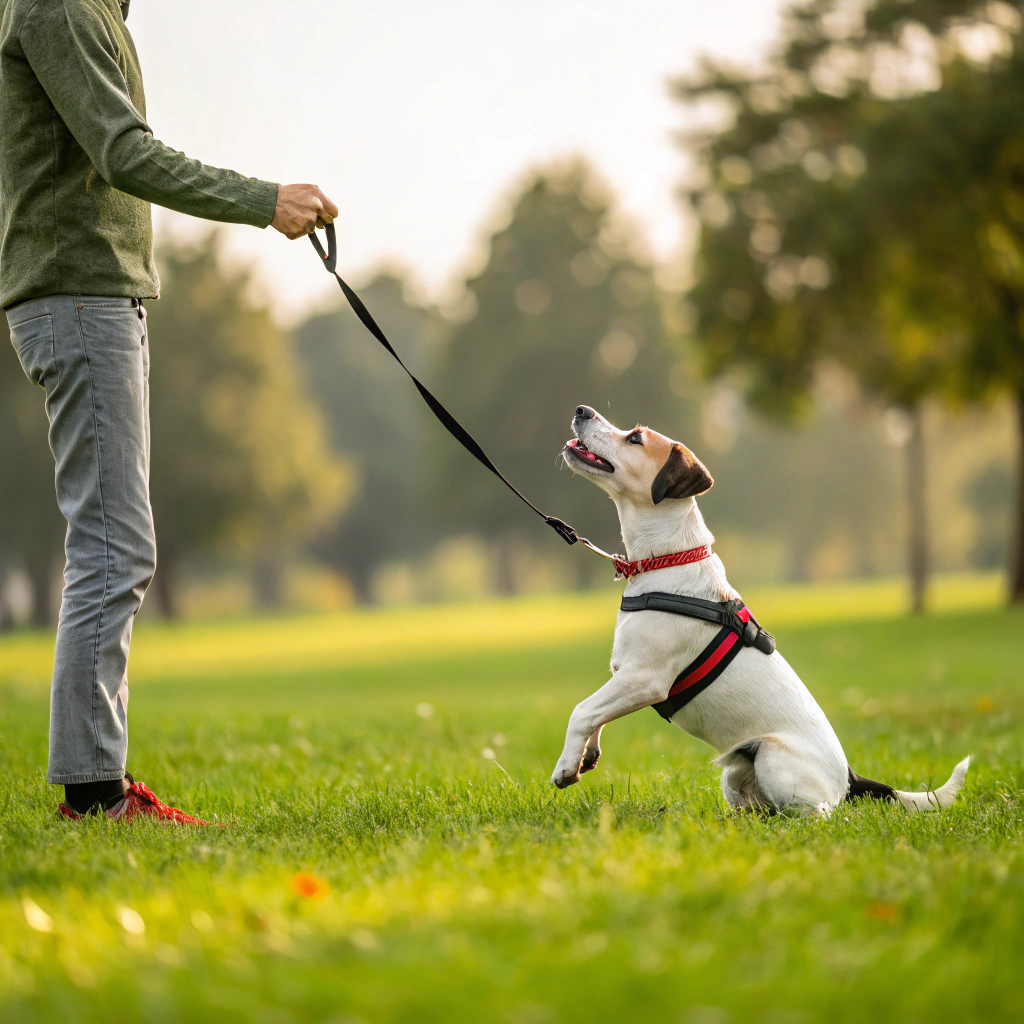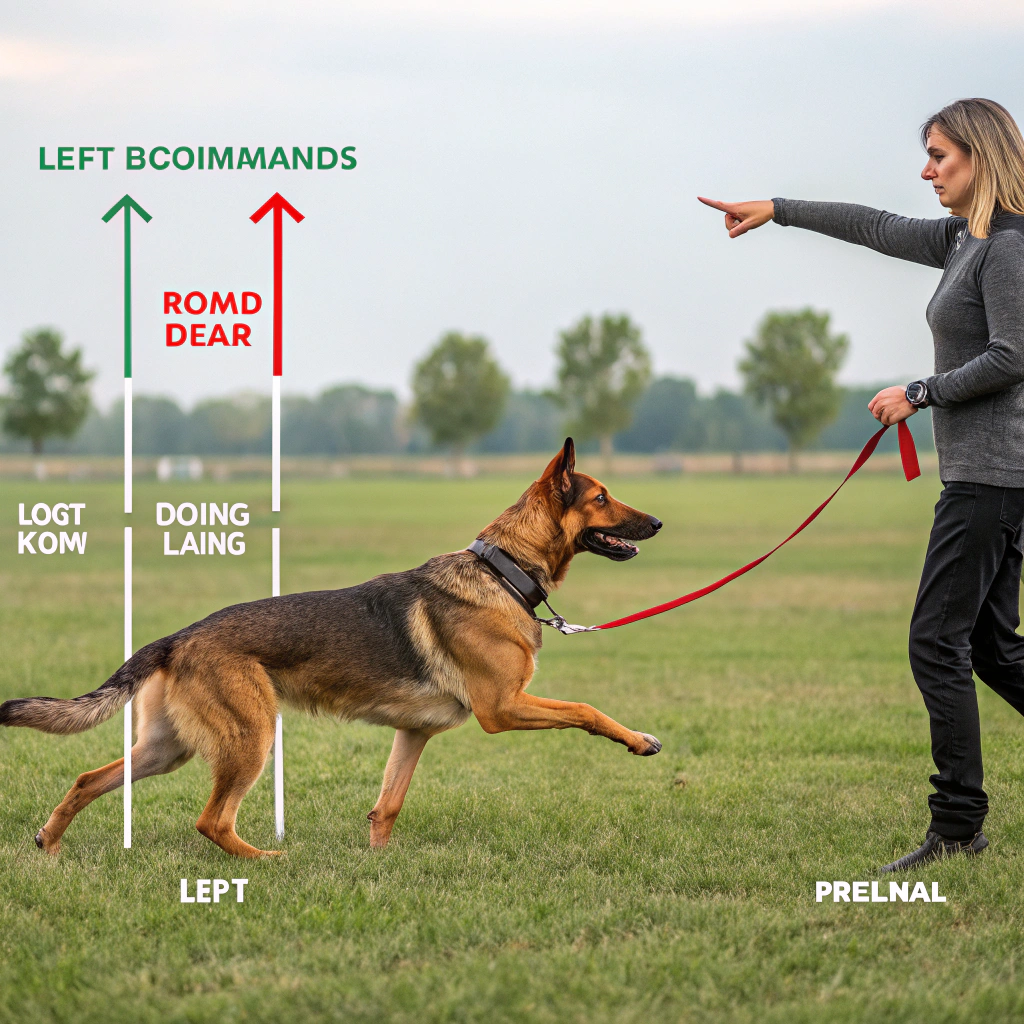Do retractable leashes help with dogs that pull?
Walking a dog that constantly pulls can turn a pleasant activity into a frustrating battle of wills. Many owners wonder if retractable leashes might offer relief from the arm-wrenching tugs and constant tension.
**Retractable leashes1 do not help with dogs that pull

As a dog owner who has experimented with various training tools, I’ve seen firsthand how leash selection impacts walking behavior. The retractable leash debate has strong opinions on both sides, but when it comes to pulling behavior specifically, the evidence points clearly in one direction. Let’s examine why these popular leashes might be counterproductive for dogs that already pull and explore better alternatives.
Do retractable leashes teach dogs to pull?
Dog owners often buy retractable leashes1 hoping for more flexibility during walks
Retractable leashes actively teach dogs to pull by providing a constant tension reward system. When a dog pulls forward, the leash extends, rewarding the pulling behavior with more freedom to explore. This creates a clear cause-effect relationship in the dog’s mind: pulling equals more freedom, effectively training them to pull harder and more consistently.

The psychology behind why retractable leashes encourage pulling is fascinating and directly connected to how dogs learn. I remember when I first bought a retractable leash for my Shepherd mix, thinking it would give him more freedom while still maintaining control. Within weeks, our walks had transformed from mostly pleasant to constantly challenging, with him pulling harder than ever before.
The mechanism behind this behavior change lies in basic learning theory. Dogs learn through immediate consequences—actions that result in rewards tend to be repeated, while those that don’t produce rewards typically diminish. The retractable leash creates a perfect conditioning scenario where pulling forward is consistently rewarded with more freedom to explore, sniff, and investigate their environment.
This constant tension system is particularly problematic because it creates a variable reward schedule—sometimes the leash extends easily, sometimes it locks, sometimes it extends after stronger pulling—which is known to strengthen behaviors even more effectively than consistent rewards. It’s similar to how slot machines keep people engaged through unpredictable but occasional rewards.
| How Retractable Leashes Reinforce Pulling | The Learning Process |
|---|---|
| Tension = Extension | Dog learns pulling creates forward movement |
| Variable resistance | Creates stronger reinforcement pattern |
| Inconsistent feedback | Confuses proper walking position |
| No clear boundaries | Dog never learns walking parameters |
| Automatic reward system | Owner doesn’t control reinforcement timing |
Additionally, the constant tension of the retractable mechanism prevents dogs from learning what "loose leash walking" feels like. A proper walking position should involve slack in the leash, but retractable leashes maintain tension even when locked, making it impossible for dogs to understand the desired behavior. This is why dogs accustomed to retractable leashes often struggle tremendously when switched to standard leashes—they’ve never learned how to walk without constant pulling.
Why do vets recommend against retractable leashes?
Pet owners are often surprised to hear their veterinarians warn against retractable leashes. These seemingly convenient devices are popular in pet stores, yet medical professionals consistently caution against them.
Veterinarians recommend against retractable leashes1 primarily due to safety concerns for both dogs and humans.

When my veterinarian first advised against using my retractable leash, I was skeptical. It seemed so convenient—how could something sold in every pet store be that problematic? Then I witnessed a frightening incident at our local park that changed my perspective completely.
A woman was walking her small terrier on a retractable leash when a cyclist approached. The dog darted across the path, and in the owner’s panic to reel in the leash, the thin cord wrapped around her fingers. The mechanism’s lock failed under sudden pressure, causing a deep laceration that required emergency medical attention. The dog narrowly missed being hit by the bicycle.
This type of injury isn’t rare. Emergency rooms regularly treat injuries from retractable leashes, ranging from friction burns to finger amputations when the cord wraps around fingers during a sudden pull. The thin cords can also snap under pressure from larger dogs, creating a dangerous situation where the dog is suddenly free while the owner believes they’re still secured.
| Common Retractable Leash Injuries | How They Occur |
|---|---|
| Rope burns and lacerations | Cord wrapping around skin during tension |
| Finger/hand injuries | Fingers caught in cord during dog lunges |
| Falls and fractures | Owner pulled off balance by sudden extension |
| Eye injuries | Cord snapping back toward face |
| Dog neck/trachea injuries | Sudden stops at end of extension |
Beyond physical injuries, veterinary behaviorists note that these leashes create confusion in training. Dogs receive mixed messages—sometimes they’re allowed 15+ feet of freedom, other times they’re suddenly jerked to a stop when the owner locks the mechanism. This inconsistency makes it nearly impossible for dogs to understand boundaries and proper walking etiquette.
Veterinary emergency clinics also report treating dogs injured by retractable leashes, particularly when they build up speed over 15-20 feet, then hit the end of the leash with force. This sudden stop can cause neck injuries, tracheal damage, and even spinal problems, especially in smaller breeds or dogs with delicate anatomies like Dachshunds or Chihuahuas.
What is the #1 trick to stop your dog from pulling on the leash?
Dog owners often try countless methods to stop pulling—special harnesses, training collars, and even professional classes—yet many still struggle with consistent pulling during walks. There must be a simple, effective approach that actually works.
The most effective technique to stop leash pulling is the "be a tree" method combined with directional changes. When your dog pulls, immediately stop walking (become a tree). When they create slack in the leash, either by returning to you or stopping themselves, immediately resume walking. If pulling continues, change direction unpredictably. This consistently teaches dogs that pulling achieves the opposite of their goal.

Stopping leash pulling requires consistency more than fancy equipment or harsh corrections. After trying virtually every anti-pulling device on the market with my strong-willed Labrador, I finally found success with this simple but powerful technique that addresses the root cause of pulling behavior.
The "be a tree" method works because it directly targets the reinforcement cycle that maintains pulling. Dogs pull because it works—it gets them where they want to go faster. When you immediately stop movement every single time your dog pulls, you break this reward system. The key is absolute consistency—stopping instantly when there’s tension on the leash, then immediately resuming walking when the leash slackens.
What made this approach finally click for my dog was adding unpredictable directional changes. Dogs are masters at pattern recognition, and many quickly learn that if they temporarily return to slack leash position, you’ll move forward again, allowing them to resume pulling. By randomly changing direction (using an upbeat voice like "this way!" and moving confidently in a new direction), you maintain unpredictability that keeps your dog focused on you rather than forging ahead.
| Implementation Step | Purpose |
|---|---|
| Use 4-6 foot fixed-length leash | Provides clear boundaries |
| Stop instantly when pulling occurs | Removes reward for pulling |
| Wait for slack before moving | Teaches desired leash tension |
| Change direction randomly | Prevents pattern prediction |
| Mark and reward good position | Reinforces walking beside you |
Equipment choice does matter for this training approach. A front-clip harness provides mechanical advantage without punishment, as it naturally turns the dog toward you when they pull forward. Avoid tools that rely on discomfort (prong collars, choke chains) as they often create negative associations with walking and can increase anxiety and reactivity.
The most common mistake I see owners make is inconsistency—allowing pulling sometimes (when in a hurry) but not others. Dogs thrive on clear, consistent rules. I’ve found that committing to proper training for just two weeks of consistent walks can transform even the most determined puller into a pleasant walking companion.
Conclusion
Retractable leashes not only fail to solve pulling problems but actively make them worse by rewarding the very behavior you want to eliminate. For safer walks and better training, stick with standard leashes and consistent training methods like the "be a tree" technique.
-
Understanding the safety issues can help you make informed decisions about your dog’s leash.
These leashes can cause serious injuries including rope burns, cuts, finger amputations, eye injuries, and falls. They also allow dogs to reach dangerous areas like traffic or aggressive dogs before owners can react, and the thin cords can break when large dogs pull suddenly. ↩ ↩ ↩

